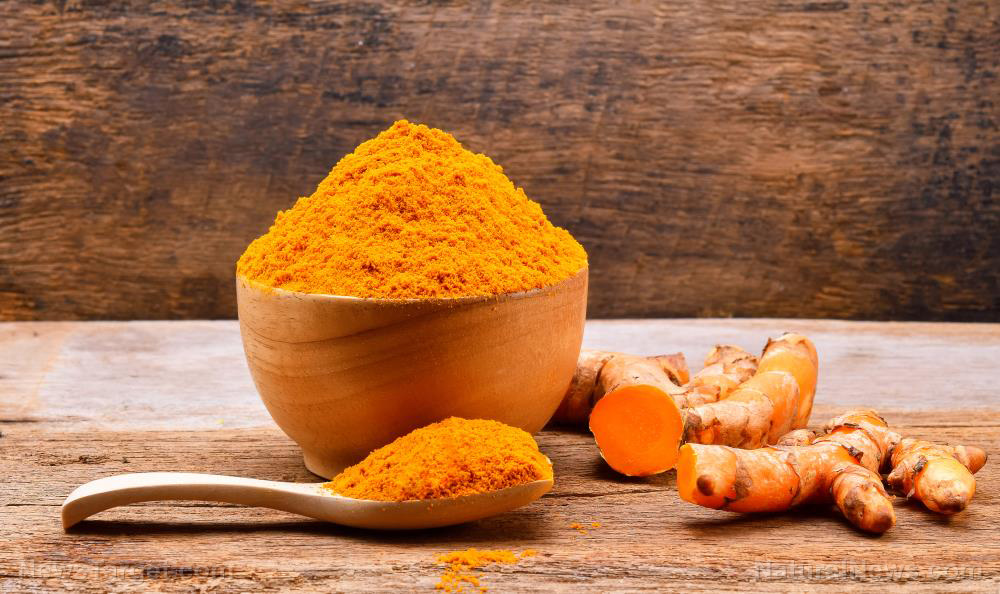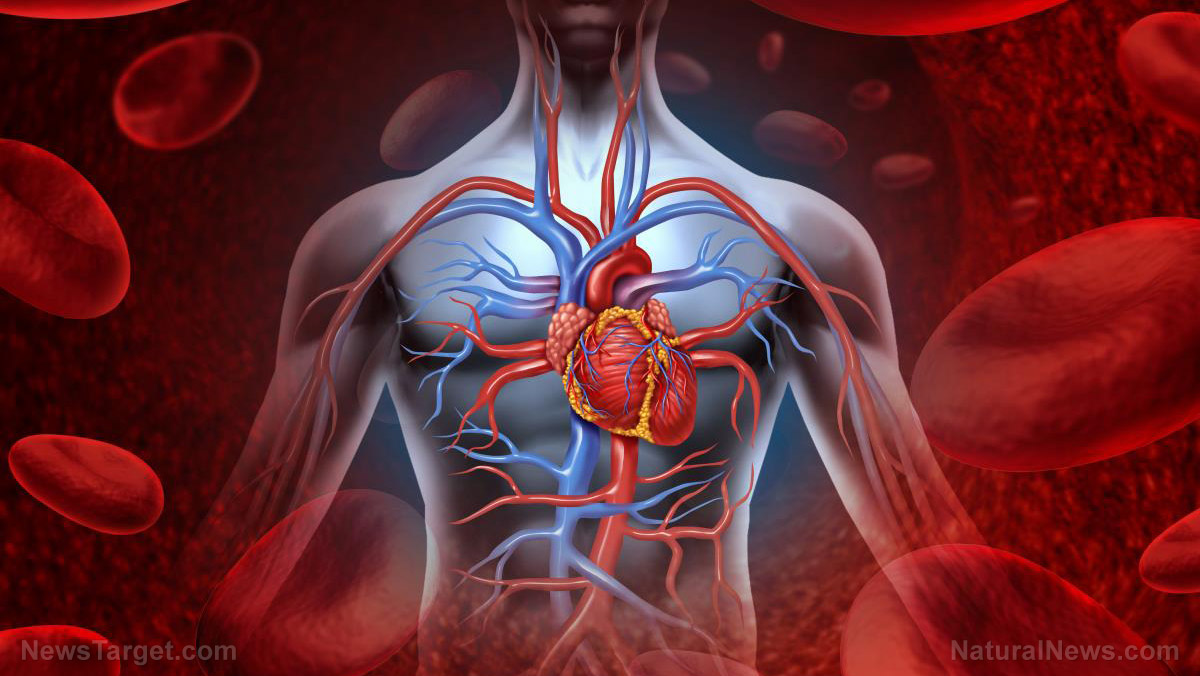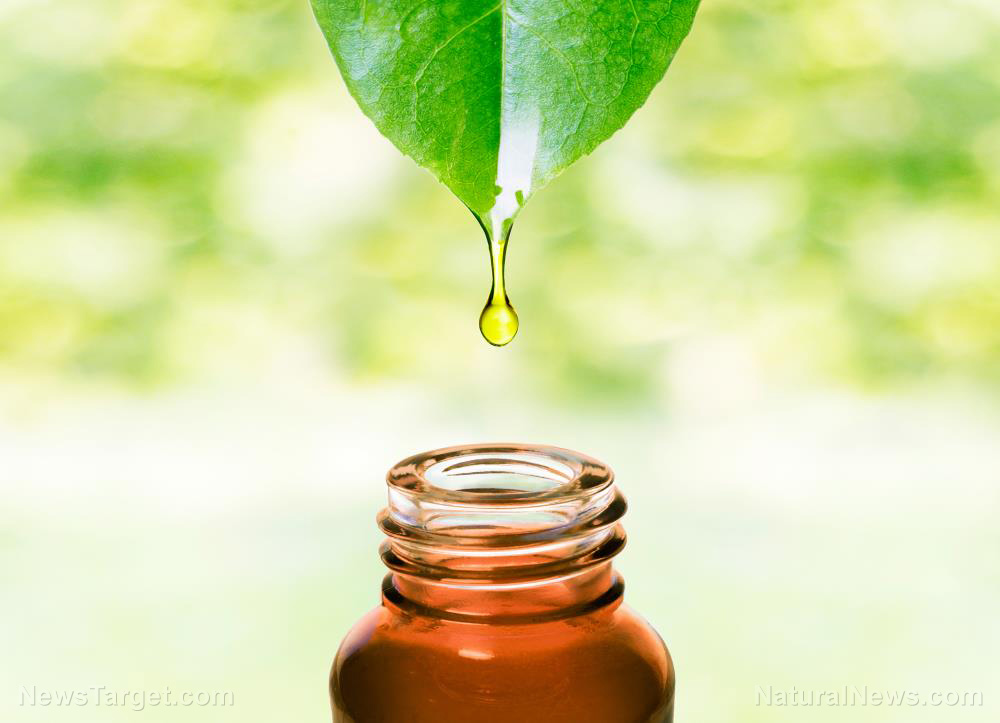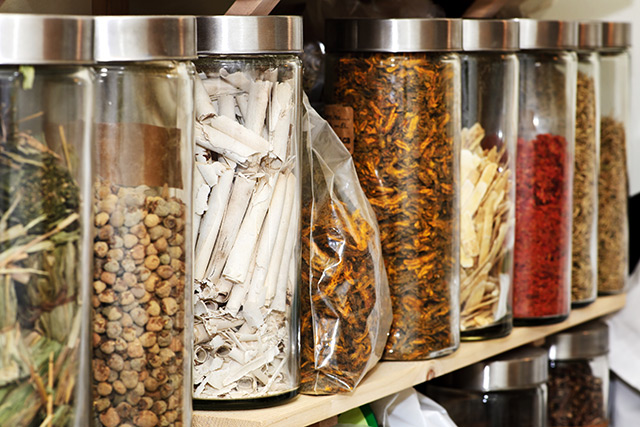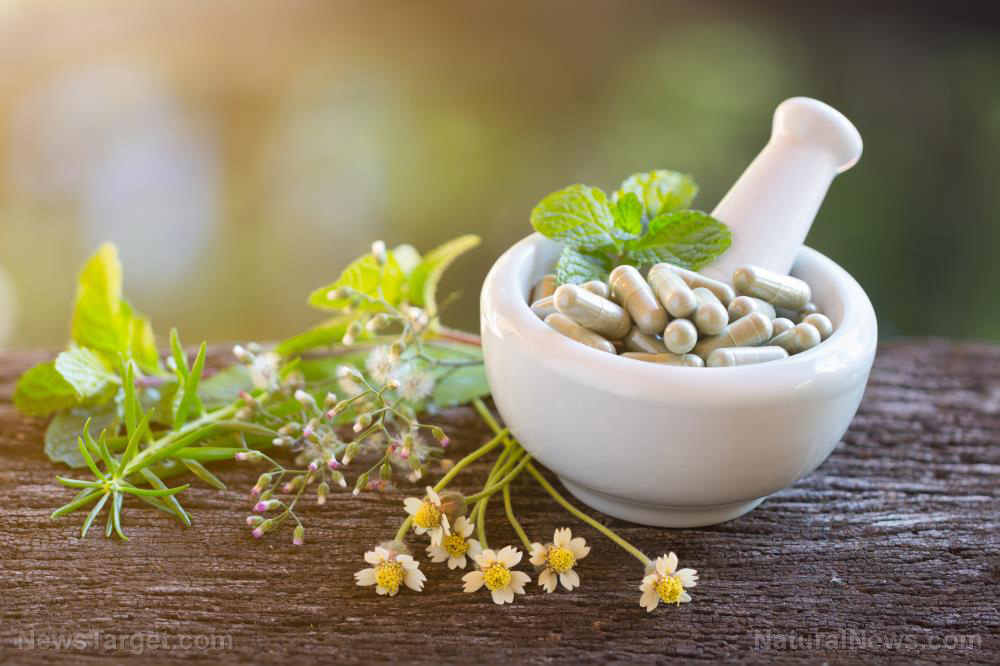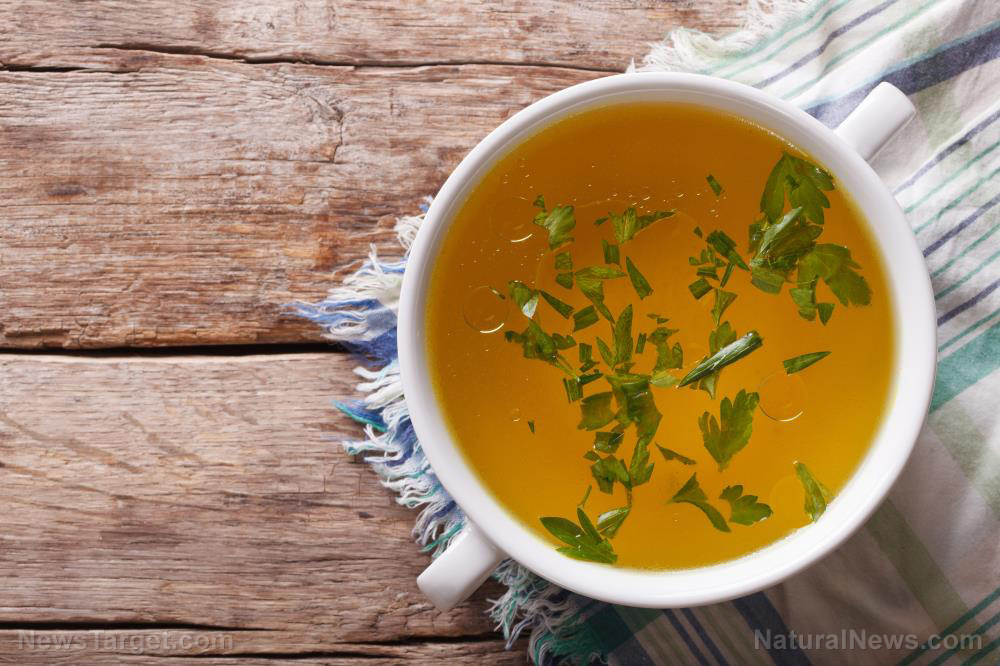Prevent scurvy, the “scourge of the sea,” by incorporating vitamin C-rich foods into your diet
04/23/2019 / By Evangelyn Rodriguez
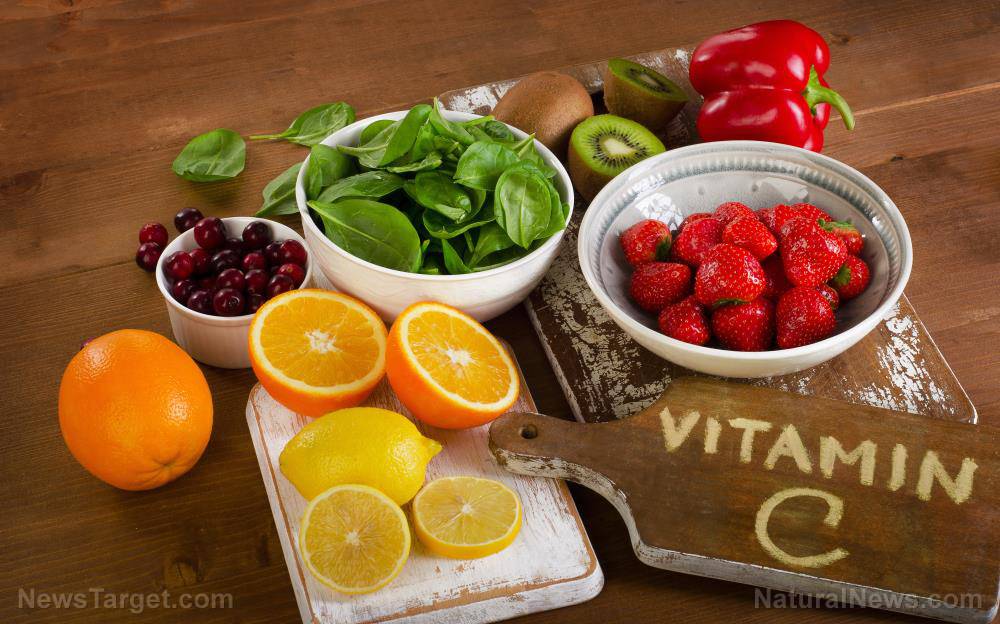
Scurvy is another name for vitamin C deficiency. It is a health problem that, if left untreated, could be deadly. During the 15th to the 18th century, scurvy was the leading cause of death in sailors – more than sea-related accidents or injury, in fact – because they didn’t have adequate supplies of vitamin C-rich foods at sea. This led to scurvy being known as the “scourge of the sea.”
Today, scurvy can still be seen in developing countries where malnutrition is rampant. However, reports have surfaced suggesting that there is a resurgence of scurvy cases even in developed countries. According to a study published in 2018, the prevalence of vitamin C deficiency in the U.S. is 7.1 percent. In the U.K., about 25 percent of men and 16 percent of women in its low-income population suffer from this condition. The reason for this seems to be a combination of poor diet and the over availability of refined foods which are loaded with calories but stripped of nutrition.
Therefore, it is paramount for people to be re-educated so that they can make healthier choices especially when it comes to food and nutrition. Vitamin C deficiency can be avoided by eating plenty of fresh fruits and vegetables. (Related: Don’t throw it away! The skins of these fruits contain many health benefits.)
Foods that prevent scurvy
According to the National Institutes of Health, the recommended dietary allowance for vitamin C is 90 milligrams (mg) for adult males and 75 milligrams (mg) for adult females. Here is a list of foods that people should include in their diet and the amount of vitamin C they contain, as determined by the Harvard Medical School. (h/t to TheOrganicPrepper.com)
- 1 medium guava = 165 mg
- 1 cup strawberry = 98 mg
- ¼ medium cantaloupe = 95 mg
- 1 medium papaya = 95 mg
- ½ cup raw red bell pepper = 95 mg
- ¾ cup orange juice = 60 mg
- 1 cup, cooked kale = 53 mg
- ½ cup cooked broccoli = 50 mg
- ½ cup raw green bell pepper = 45 mg
- 1 cup tomato juice = 45 mg
- 1 medium mango = 30 mg
- ½ cup lemon juice = 30 mg
For people who prefer a less fibrous diet, there are vitamin C supplements available in the market that can help keep scurvy away.
Scurvy is not to be taken lightly. It is a serious condition that can cause serious health problems. Early symptoms of scurvy include:
- Nausea
- Joint pain
- Fatigue
- Malaise
- Muscle and bone pain
- Anemia
- Swelling or edema
- Poor wound healing
- Mood changes
- Depression
Severe vitamin C deficiency, on the other hand, results in:
- Swollen and bleeding gums
- Tooth loss
- Loss of appetite
- Muscle weakness
- Red rashes or spots on the skin
- Severe bruising
- Damaged, coiled hair
- Weight loss
- Spontaneous bleeding
- Destruction of red blood cells
- Stunted growth and bone deformity in children
- Neuropathy
- Death from complications
Vitamin C and why it’s important
Vitamin C or ascorbic acid is needed by our body to perform many functions. However, it is not readily synthesized in the body so we have to obtain it from food sources. Vitamin C is required for the production of collagen, an essential component of connective tissue involved in wound healing, L-carnitine, a nutrient involved in energy production, and some neurotransmitters, which are chemical signals used by nerves to communicate.
Vitamin C is also an antioxidant, and it can regenerate other antioxidants in the body like vitamin E. It also protects our cells from oxidative stress caused by the formation of free radicals. Aside from this, vitamin C is known for its ability to boost the immune system as well as to improve the absorption of iron from plant-based foods. Without vitamin C or at insufficient amounts, many physiological functions will be disrupted.
However, people should take care not to consume too much vitamin C as it could lead to kidney stones and cause digestive problems like diarrhea and nausea, as well as iron overload. Too much iron can seriously damage organs like the heart, pancreas, thyroid, and the central nervous system.
Sources include:
Tagged Under: clean food, food cures, food is medicine, fresh foods, fruits, functional food, natural cures, natural medicine, nutrients, prevention, proper diet, proper nutrition, scurvy, supplements, vegetables, vitamin C, vitamin C deficiency, vitamin c supplements

